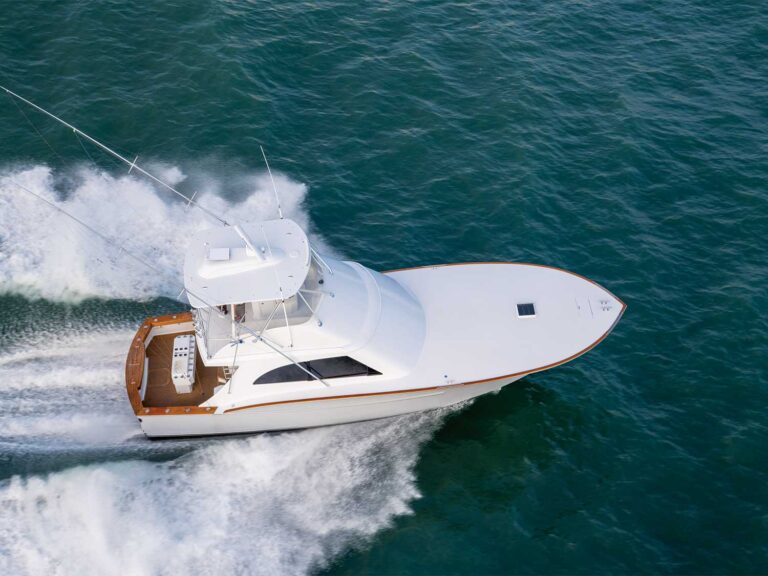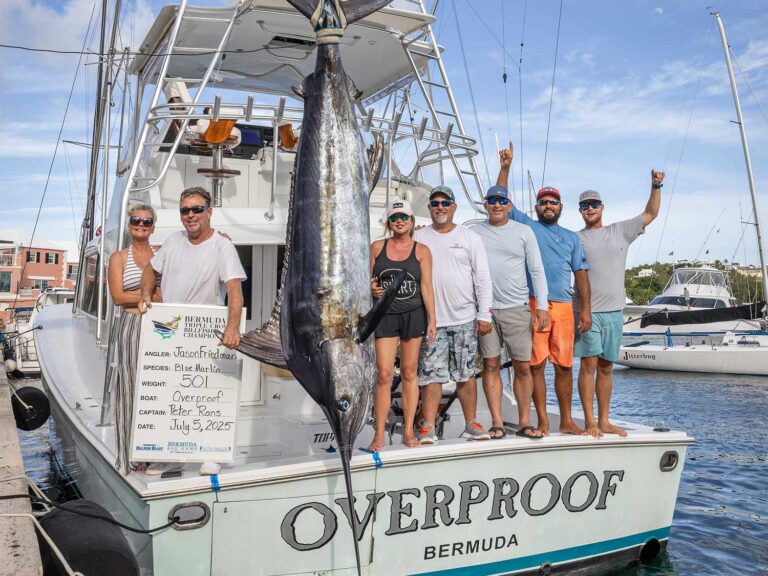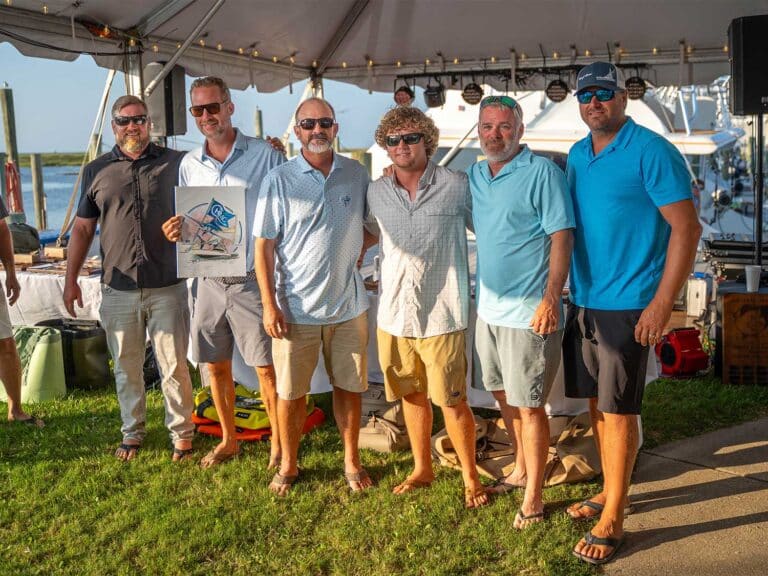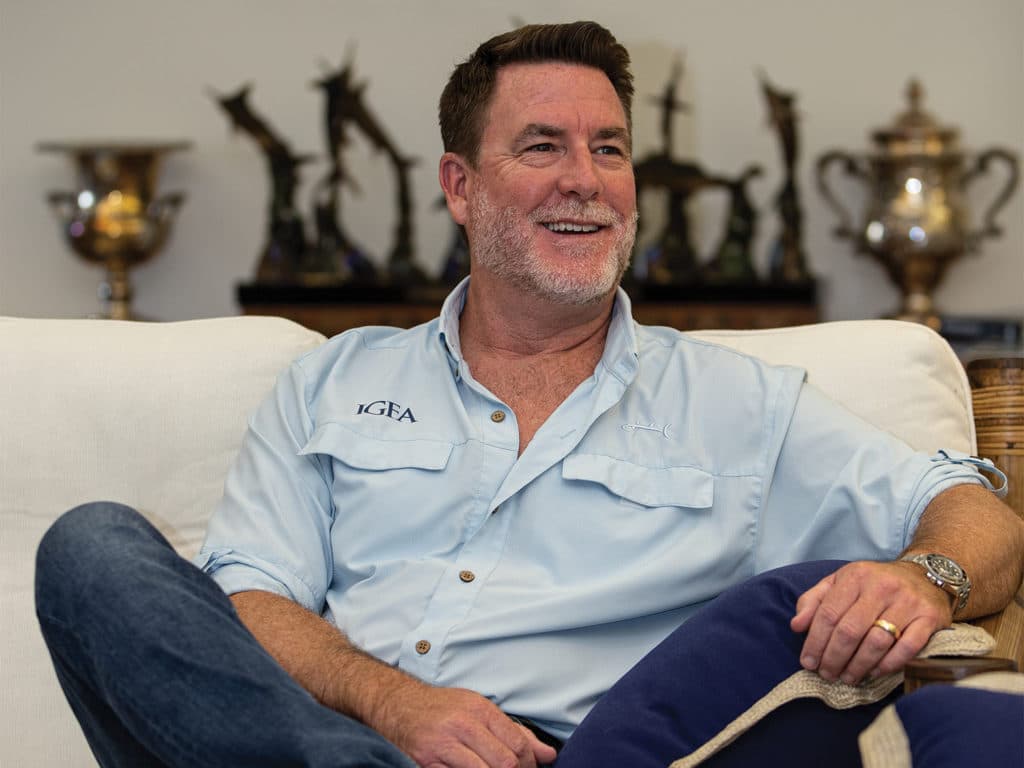
Now in his 18th year with the International Game Fish Association, Jason Schratwieser is just the eighth president since the IGFA was founded in 1939. Prior to assuming the top leadership position in January 2020, he led the organization’s conservation efforts in a number of key areas and also had the opportunity to mentor under several past presidents, including Michael Leech, Rob Kramer and most recently, Nehl Horton. A passionate angler in his own right, Schratwieser is poised to lead the IGFA into a bright new era ahead.
Q: What are some of the most significant conservation challenges the offshore-fishing community faces these days?
A: Billfish stocks are not managed well globally, and the majority are overfished and/or are experiencing overfishing, largely as a byproduct of commercial fishing efforts. We have to find better ways to mitigate billfish bycatch and post-release mortality in these longline fisheries, which are mostly directed at tuna and swordfish. We also need to be more proactive in the protection of forage species, which is fundamental to ecosystem-based fisheries management. It makes sense that if you protect the key forage species, then the gamefish stocks will also improve.
Q: How did you become involved with the IGFA?
A: Rob Kramer hired me when I went to work for the Florida Fish and Wildlife Conservation Commission in 2000. In October 2002, Rob was elected president of the IGFA to replace Mike Leech, who stepped down as president but continued to serve for several years as ambassador-at-large. In July 2003, Rob called me and said he really needed some help, so he brought me on board as conservation director. I’ve been here ever since.
Q: With the increasingly widespread use of electric reels in fisheries such as daytime swordfishing and deep-drop bottomfishing, do you feel we are taking the sport out of fishing?
A: The IGFA’s angling rules were developed to create standardization in order to compare performance, just as in any other sport. Clearly, using electric reels to fight fish is prohibited, but it’s an evolving situation where we also have to keep up with new innovations. We are currently addressing attachments such as Reel Crankies, which can be completely removed from the reel to allow the fish to be fought unaided but still allow anglers to more easily retrieve their baits, which in the case of daytime swordfishing could mean winding in 1,600 to 2,000 feet of line by hand. The rules are always a balancing act of maintaining continuity and history while also keeping up with evolution in the sport and staying true to the tenets of sportsmanship and fair play.
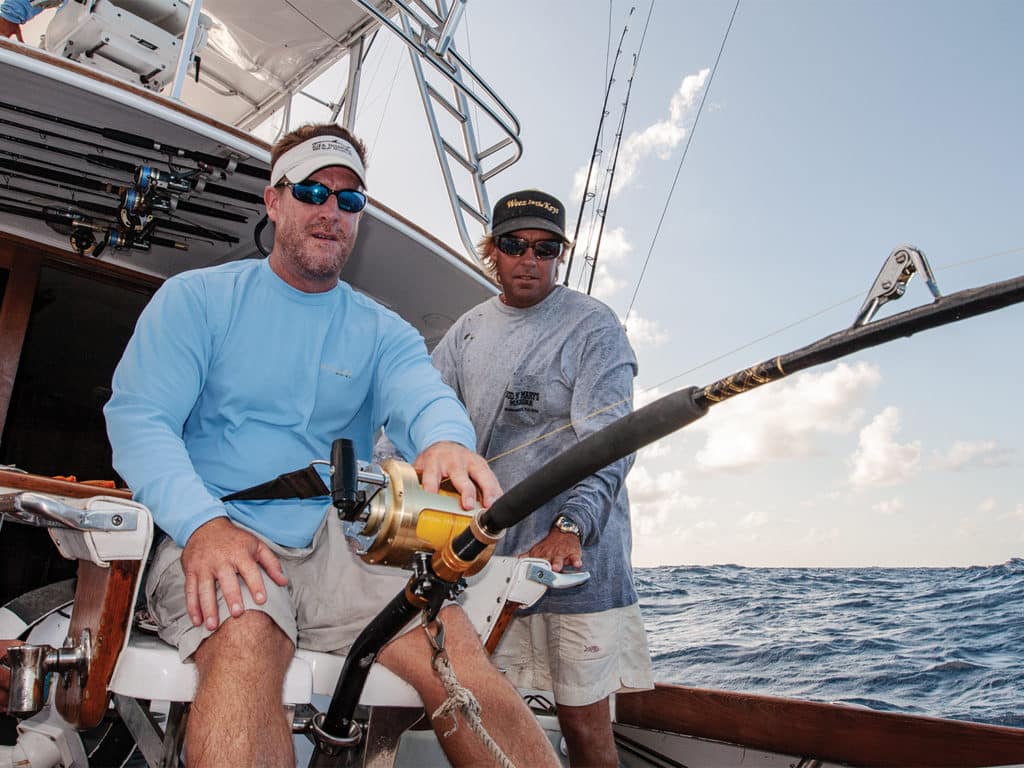
Q: The IGFA is back into tournament fishing. Why the change in mindset?
A: In 2006, the IGFA board of directors had concerns about running our Offshore and Inshore World Championship tournaments, which were becoming increasingly litigious and were also incredibly consumptive of staff time. But in hindsight, the move away from tournaments also decreased our relevance to our core audience of anglers, many of whom enjoy the competition of tournament fishing—we were losing contact with that group. This year we will host our second-annual Light Tackle Open sailfish tournament in Palm Beach, Florida, and Permit Invitational fly-fishing tournament in Key West. We also have plans for a new swordfish tournament in Southern California. We also might add an event in the Mediterranean in the following year. They are all good ways to connect with our membership and promote the IGFA’s international angling rules.
Q: What’s your earliest memory of fishing?
A: I grew up in Virginia Beach, Virginia, and can’t remember not fishing. My dad was an avid fisherman and outdoorsman. From the time I was old enough to have memories, we were surf-fishing for bluefish, croaker, flounder and whiting. We did some freshwater fishing too, but not much. My dad’s interest in the natural world and the outdoors—fishing and hunting—drove my interest and education in biology. I believe that good anglers have that inquisitive component: They want to learn more about their quarry, and that’s how I feel every day I’m on the water. Even today.
Q: Favorite fishing destination?
A: Of all the places I’ve been fortunate to visit in the world, one really stands out in my mind, and that’s Exmouth, Australia. It’s on the northwest coast and very remote, but it has absolutely unbeatable fishing and really fantastic people. Within 10 minutes from the anchorage inside Ningaloo Reef, you can catch blue, black and striped marlin, sailfish, deep-drop for swordfish, fly-fish for Pacific permit, giant trevally, and some of the biggest bonefish I’ve ever caught. It’s about as far away from Florida as you can get, but I’ll go back in a heartbeat when I get the chance.
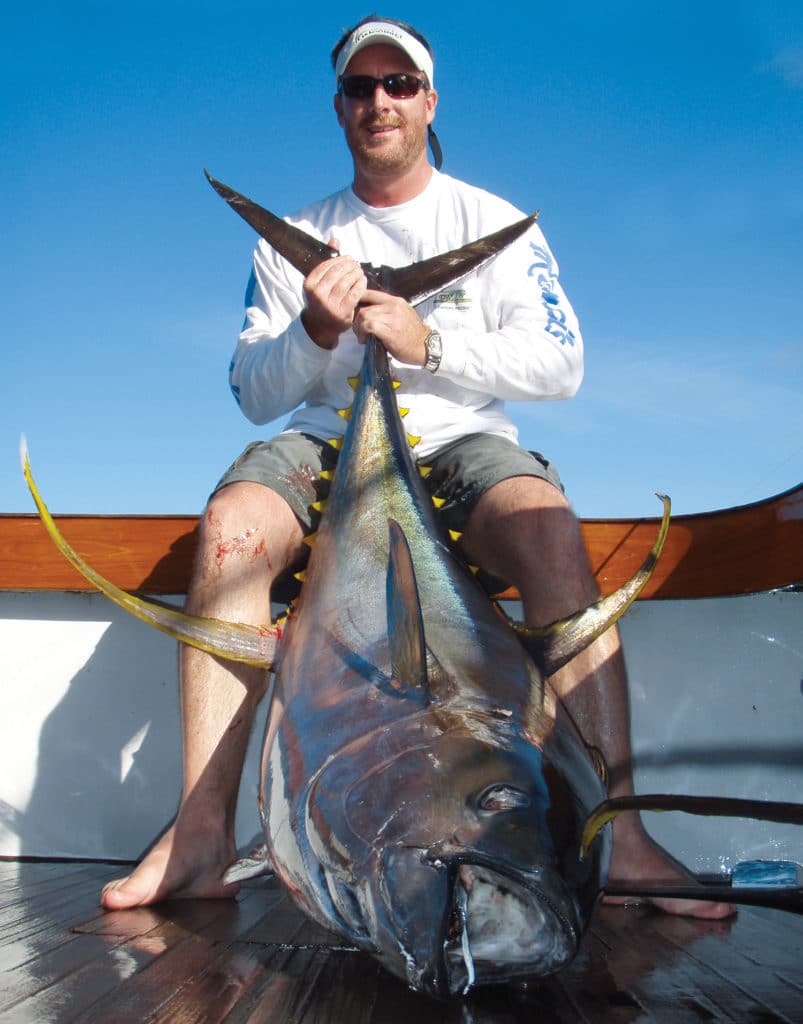
Q: What is your most memorable offshore experience?
A: Years ago, the IGFA hosted expeditions to different locations around the world. One time I was fishing out of Tropic Star Lodge with Capt. Karl Anderson—we were trolling along one of the rips that forms about 30 miles offshore, when a blue marlin around 400 pounds came up on a teaser. Karl asked me if I was ready, and I pitched a live bonito. Watching the blue wolf down that big bonito right behind the boat was something I’ll never forget.
Another time, we were fishing in Puerto Rico on IGFA trustee Pepe Anton’s boat, Amirita, and wanted to tag a blue we had caught with a satellite tag for the IGFA’s Great Marlin Race. Unfortunately the fish came up brown, and his captain said to cut it loose because it wasn’t going to make it. We thought we could revive it though, so the mate, David Hernandez, and I spent about 10 minutes swimming the fish alongside the boat. It was amazing to see the color slowly coming back, then its tail started beating and it started biting David’s hand. We deployed the satellite tag, and the fish swam off. The tag popped off 45 days later and about 500 miles from where it was caught, confirming that it had survived. They’re incredibly resilient animals; you just have to take the time to properly revive them.
Q: How does the IGFA stay relevant in today’s rapidly changing world?
A: It’s always going to be a challenge. I’m happy that we have a very wide international reach, from salt water to fresh water, inshore, offshore, conventional and fly, but at the same time, it can make it difficult to be everywhere for everyone. But our diversity—not only in geography and species—is also one of the keys to our success: Teaching kids about ethical fishing, maintaining world records and the history of the sport, and being involved with tournaments will keep us relevant. Just in terms of billfish, we’ve done an incredible amount of work—the Billfish Conservation Act, a three-year multidisciplinary deep dive into billfish in the Caribbean, the world’s largest open-access satellite-tagging database, annual position statements on billfish stocks around the world, and a lot more. It’s our responsibility to maintain those standards and to help ensure better fishing for us all. —Sam White




